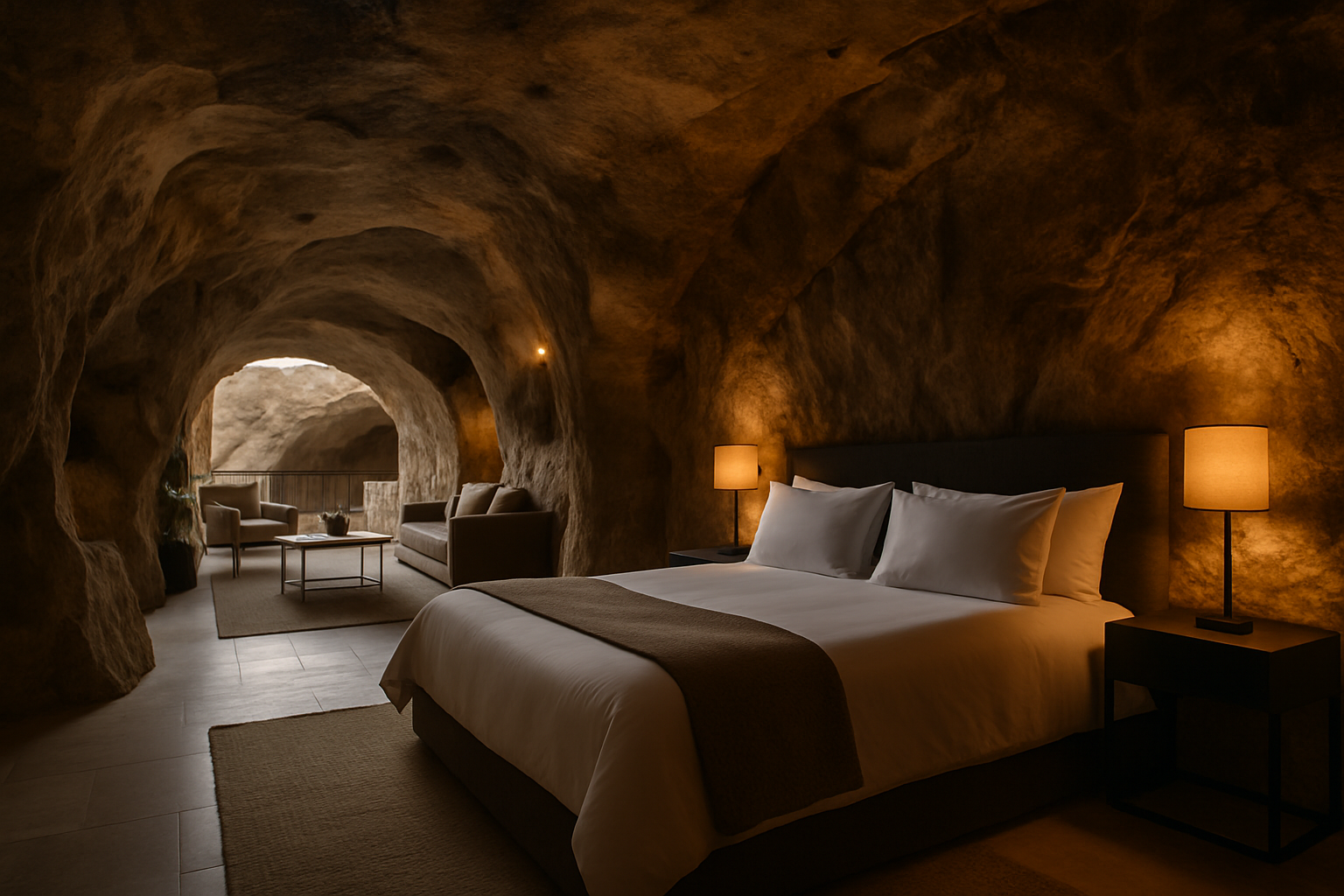Planning Your Two-Night Stay in London: A Complete Guide
Finding the right accommodation for a short stay in London requires strategic planning and knowledge of the city's diverse neighborhoods. Whether you're visiting for business or leisure, understanding what to book, where to stay, and how to maximize your limited time can transform a brief visit into a memorable experience. This guide walks you through the essential steps for organizing a successful 48-hour London adventure.

48-Hour Planning Checklist: What to Book and When
Successful short-stay planning begins with understanding booking timelines and priorities. For London accommodations, booking 4-6 weeks in advance typically offers a balance between availability and reasonable rates. Start by securing your hotel, as this anchors your itinerary and influences transport decisions. Next, book any time-specific attractions such as the London Eye, Tower of London, or West End theatre tickets, which often sell out during peak seasons. Restaurant reservations at popular establishments should follow, particularly for evening dining. Transportation cards or Oyster cards can be purchased upon arrival, though advance research into zones and travel patterns helps budget accordingly. Consider booking airport transfers or train tickets if arriving outside central London, as advance purchases often provide savings compared to last-minute arrangements.
Top Neighborhood Picks for a Two-Night Stay
London’s neighborhoods each offer distinct advantages for short-stay visitors. Covent Garden provides central access to theatres, shopping, and dining, placing you within walking distance of major attractions. South Bank offers riverside walks, cultural venues like the Tate Modern, and easy access to Westminster. Kensington combines museum proximity with elegant residential streets and Hyde Park access. King’s Cross and St Pancras areas have transformed into vibrant districts with excellent transport links, making them practical bases for exploring multiple areas. Shoreditch appeals to those seeking contemporary culture, street art, and diverse dining options. When selecting accommodation, consider proximity to Underground stations, as London’s tube network provides the most efficient way to cover ground quickly. Areas within Zone 1 or close Zone 2 boundaries typically offer the best balance of accessibility and neighborhood character.
Easy 48-Hour Itineraries: Morning-to-Night Plans
A well-structured itinerary maximizes limited time without creating exhaustion. Day one might begin with a morning visit to the British Museum or National Gallery, both offering free entry and requiring 2-3 hours for highlights. Midday could include lunch in Covent Garden followed by a walk to Westminster, taking in Big Ben, Westminster Abbey, and Parliament Square. Late afternoon suits a Thames river walk or brief rest at your hotel before evening theatre or dinner in Soho. Day two could start with the Tower of London, arriving at opening time to avoid crowds, followed by Tower Bridge and Borough Market for lunch. Afternoon options include Tate Modern, St Paul’s Cathedral, or shopping along Oxford Street. Evening might feature dining in South Bank with views across the river. This structure allows flexibility while ensuring major sights receive adequate attention without rushing.
Transport Tips: Getting Around London Quickly and Calmly
London’s transport network, while extensive, requires understanding to navigate efficiently. The Underground remains the fastest option for most journeys, with trains running approximately every 2-5 minutes during peak hours. An Oyster card or contactless payment card offers better value than individual tickets, with daily caps preventing overspending. Buses provide scenic alternatives for shorter distances and operate throughout the night on select routes. Walking between nearby attractions often proves quicker than underground transfers, particularly in central areas where stations may be closely spaced. River buses along the Thames offer pleasant transport between key points while providing sightseeing value. Avoid peak commuting hours (8-9:30 AM and 5-7 PM) when possible, as crowding can make journeys uncomfortable. Apps like Citymapper provide real-time information and route planning, helping navigate service disruptions or identify fastest connections.
Maximize Two Nights: Museums, Dining, and Timing Suggestions
Strategic timing transforms a short visit from rushed to rewarding. Major museums like the British Museum, National Gallery, and Tate Modern offer free general admission, allowing budget allocation toward special exhibitions or dining. Arriving at popular attractions when they open reduces queuing time significantly. Many restaurants offer pre-theatre menus between 5-7 PM, providing quality dining at reduced prices while fitting evening entertainment schedules. Booking final evening reservations around 8:30-9 PM allows post-dinner walks through illuminated landmarks. Consider one splurge meal and balance with quality casual options like Borough Market, Dishoom, or Padella for varied experiences without constant fine dining expense. Museum shops and cafes provide rest breaks while maintaining cultural engagement. Mixing indoor and outdoor activities provides rhythm and prevents fatigue, particularly important when maximizing limited time.
| Accommodation Type | Typical Location | Estimated Nightly Rate |
|---|---|---|
| Budget Chain Hotel | Zone 2-3 Areas | £60-£90 |
| Mid-Range Hotel | Zone 1-2 Areas | £100-£180 |
| Boutique Hotel | Central Neighborhoods | £150-£250 |
| Serviced Apartment | Various Zones | £120-£200 |
Prices, rates, or cost estimates mentioned in this article are based on the latest available information but may change over time. Independent research is advised before making financial decisions.
Making the Most of Limited Time
Two nights in London requires accepting you cannot see everything while ensuring what you do experience receives proper attention. Prioritize attractions that genuinely interest you rather than checking boxes on generic lists. Building buffer time into schedules accommodates unexpected discoveries or simply resting when needed. London’s density means memorable experiences exist in every neighborhood, from architectural details to local interactions. Consider focusing on one or two areas deeply rather than superficially covering many districts. This approach creates more meaningful engagement with the city while reducing transport time and decision fatigue. Short stays benefit from advance research balanced with spontaneity, allowing structured plans while remaining open to serendipitous moments that often become trip highlights.




